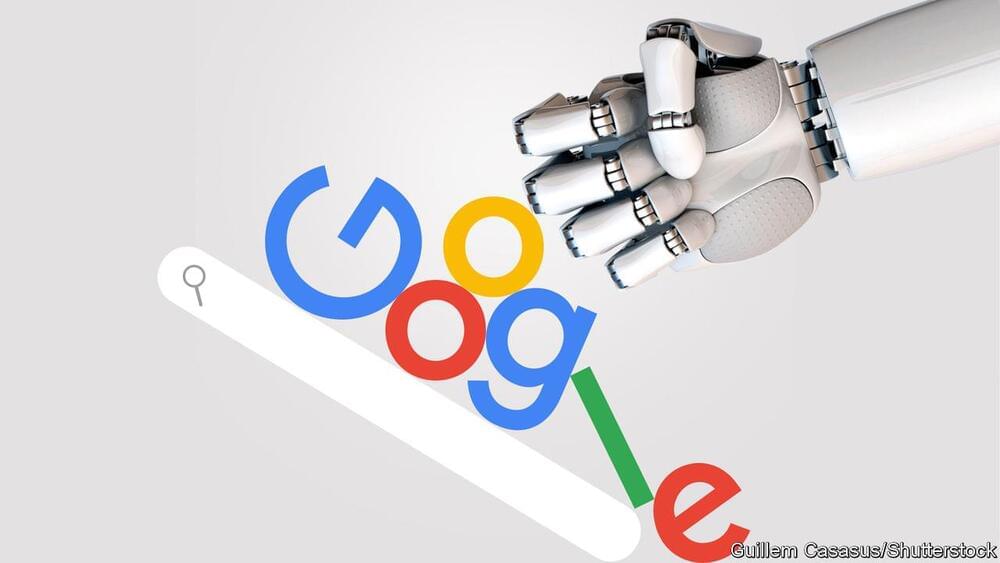CRISPR has started moving out of university research laboratories and into the world of human clinical trials.
We are about to see the emergence of a new medical technology, genetic vaccines.


Enhancers change rapidly during evolution, but the mechanisms by which new enhancers originate in the genome are mostly unknown. Not all regions of the genome evolve at the same rate and mutations are elevated at late DNA replication time. To understand the role played by mutational processes in enhancer evolution, we leveraged changes in mutation rates across the genome. By examining enhancer turnover in matched healthy and tumor samples in human individuals, we find while enhancers are most common in early replicating regions, new enhancers emerged more often at late replicating regions. Somatic mutations in cancer are consistently elevated in enhancers that have experienced turnover compared to those that are maintained. A similar relationship with DNA replication time is observed in enhancers across mammalian species and in multiple tissue-types. New enhancers appeared almost twice as often in late compared to early replicating regions, independent of transposable elements. We trained a deep learning model to show that new enhancers are enriched for mutations that modify transcription factor (TF) binding. New enhancers are also typically neutrally evolving, enriched in eQTLs, and are more tissue-specific than evolutionarily conserved enhancers. Accordingly, transcription factors that bind to these enhancers, inferred by their binding sequences, are also more recently evolved and more tissue-specific in gene expression. These results demonstrate a relationship between mutation rate, DNA replication time and enhancer evolution across multiple time scales, suggesting these observations are time-invariant principles of genome evolution.
The authors have declared no competing interest.

Hybrid.
Coolest stuff on the planet. Interesting posts/articles about Earth – nature, animals, geography, science, history and more.
Where do the world’s major earthquakes happen? This map highlights the epicenters of earthquakes on record between 1956 and 2022.


Facebook’s parent company Meta has delayed setting its teams’ budgets, as per reports. The move comes amidst reports of further layoffs at the company.
In 2021, Carbon Robotics unveiled the third-generation of its Autonomous Weeder, a smart farming robot that identifies weeds and then destroys them with high-power lasers. The company now has taken the technology from that robot and built a pull-behind LaserWeeder — and it kills twice as many weeds.
The weedkiller challenge: Weeds compete with plants for space, sunlight, and soil nutrients. They can also make it easier for insect pests to harm crops, so weed control is a top concern for farmers.
Chemical herbicides can kill the pesky plants, but they can also contaminate water and affect soil health. Weeds can be pulled out by hand, but it’s unpleasant work, and labor shortages are already a huge problem in the agriculture industry.